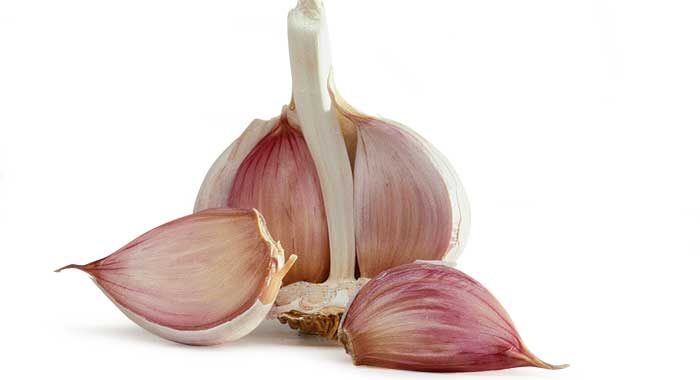Optimizing Garlic Farming in Kenya:

Are you in need of in-depth knowledge on onion and garlic production? If yes, we are a call away. Our service chatter includes: Onion seedlings, Garlic seedlings, Farm planning services, Soil testing, Drip irrigation installation and maintenance, Agronomic support, Onion and Garlic value pack and Farm management. For free consultation, placing orders or booking a visit with an agronomist, please contact us via Call or what’s app +254703982228, Email: Info@oniondoctor.co.ke.
Garlic farming in Kenya has gained significant popularity due to its economic viability. To ensure a successful harvest, it's crucial to consider the right ecological conditions, varieties, and proper cultivation techniques. In this guide, we'll delve into the intricacies of garlic farming
Varieties of Garlic Grown in Kenya There are three main varieties of garlic grown in Kenya. They include;
Soft-neck garlic (the most popular variety grown).Soft-neck Garlic is one of two main subspecies of garlic. Soft-necks are well adapted to milder climates and are desirable for their longer storage. Most of the garlic found in the grocery store is soft-neck. Soft-neck garlic plants do not develop a flowery stem called a scape so their stalks are more flexible making them great for braiding. Many more cloves in a bulb, (when compared to hard-neck) are wrapped tighter, with papery like skin, which enhances their freshness and storage life.
Hard-neck garlic. Hard-necks are well adapted to cooler climates and considered easy to grow. Hard-necks get their name from a characteristic of their hard stalk at its center. They grow a flowery stem called a scape which is recommended to be removed. The skins are also slightly thicker and have fewer but larger cloves when compared to soft-necks making them easier to peel.
Elephant garlic. Elephant garlic is a plant belonging to the onion genus. It has a tall, solid, flowering stalk and broad, flat leaves. The flavor is milder than garlic and can be eaten raw in salads, roasted, or sauteed, but is generally not a substitute for conventional garlic in cooking.
Ecological Conditions for Growing Garlic
The ideal temperature that ranges between 12-24°c.
Altitude of 500- 2000m above sea level.
Performs well in areas with low rainfall.
Deep and well-drained soil with a pH of 5.5- 6.8.
Propagation and Planting: Garlic does not produce true seed but is propagated by planting cloves, which are the small bulblets or segments making up the garlic bulb. Each bulb usually contains a dozen or more cloves; each clove is planted separately. Select only larger outer cloves of the best garlic bulbs for planting. To plant garlic properly, dig a hole or trench, place the unpeeled clove gently into the hole with the pointed side up and cover the clove with soil. Setting the cloves in an upright position ensures a straight neck.
Plant cloves 1–3 in. deep and 6 in. apart. Rows are usually planted 12–14 in. apart. In colder areas , cloves may be planted slightly deeper for cold protection. Mulching will help protect bulbs from severe cold and will help conserve moisture. Irrigate immediately after planting.
Soil Requirements Garlic grows best in full sun and a well drained soil. Also, garlic grows best on friable (crumbly), loamy soils that are fertile and have some organic matter. The soil must be kept evenly moist as dry soil will cause irregularly shaped bulbs. Heavy clay soils will also create misshaped bulbs and make harvesting difficult. Add organic matter, such as well-rotted manure or compost, to the soil on a yearly basis to keep it friable. Garlic bulbs will be small if the soil is excessively dry and irregular in shape if the soil becomes compacted.
Harvest When garlic is mature, leaf tops will begin to dry, discolor and bend towards the ground. Harvest the garlic when one-third to one-half of the leaves have died back in this manner. Use a fork to loosen the soil and facilitate lifting the bulbs, thus avoiding stem injury. This is especially important if you plan to braid the tops. If harvesting is delayed too long after the tops have died back, the bulbs may rot. Allow healthy, harvested bulbs to dry in the sun for several days. It is a good idea to cover the bulbs with the tops to prevent direct sunlight striking them. When the tops and bulbs are dry, especially at the neck area, you can cut the leaves off and store in a cool dry place.
Garlic farming in Kenya holds immense potential for smallholder farmers. By following these cultivation guidelines and seeking support from Onion Doctor, farmers can optimize yields and profits. For more information on garlic farming and related services, contact Onion Doctor today.
Onion Doctor supports small holder farmers across Africa with quality and affordable Onion and Garlic seedlings, Onion seedlings, Farm planning services, Soil testing, Drip irrigation installation and maintenance, Agronomic support, Onion and Garlic value pack, Farm management, E-extension and on-farm training for farmers to optimize on yields and get maximum profits.
